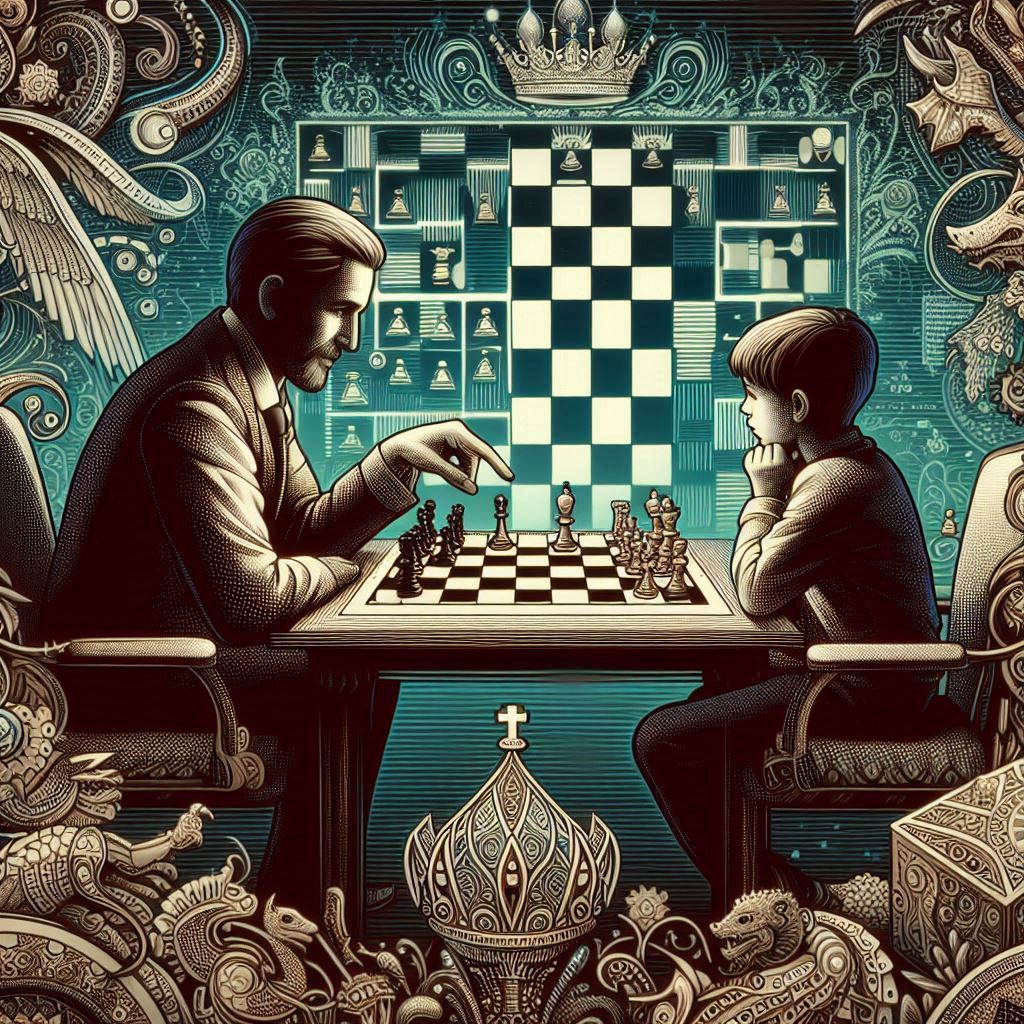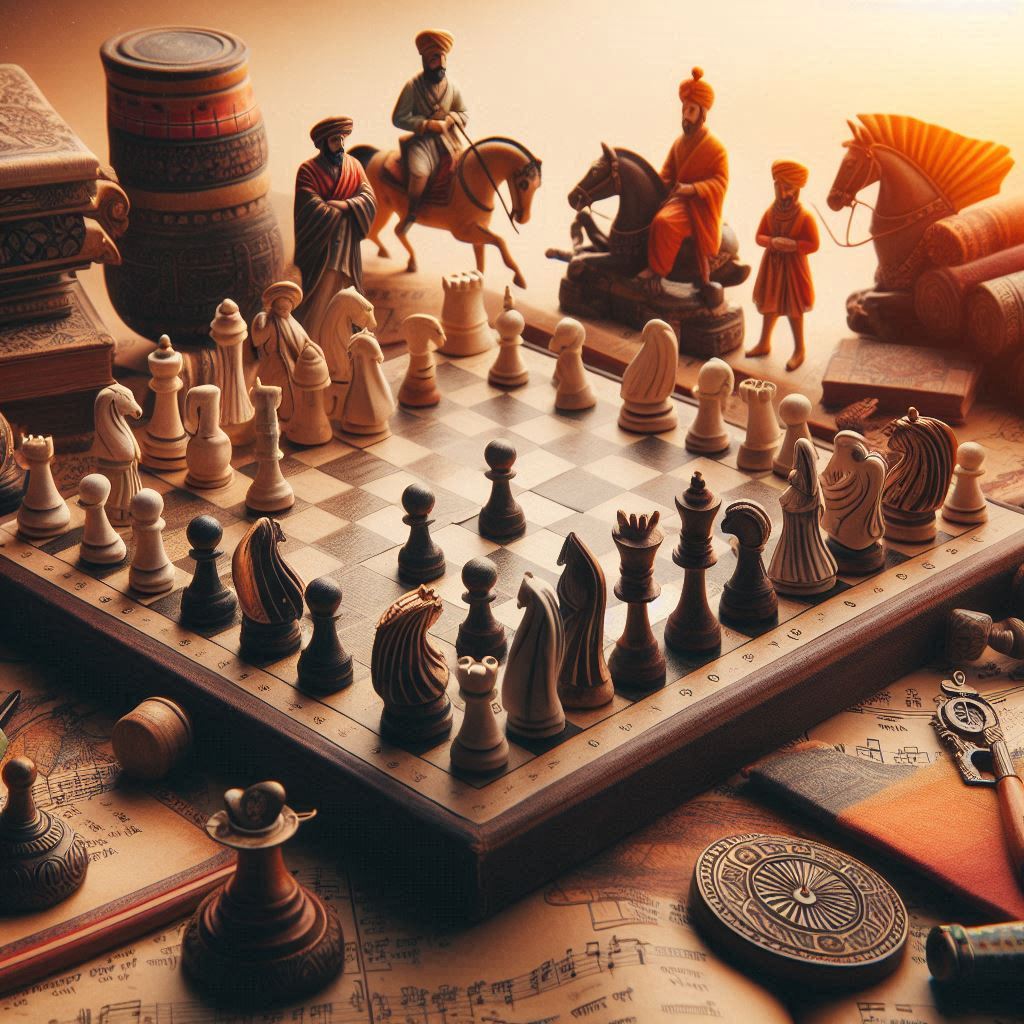Introduction
Chess is a game that requires not only strategic thinking and tactical acumen but also the ability to recognize patterns. Pattern recognition in chess refers to the ability to identify recurring positions, structures, and tactical motifs that can inform your decisions during the game. This skill is fundamental for both amateur and professional players aiming to elevate their level of play. In this article, we will explore the importance of pattern recognition in chess and how you can develop this essential skill.
Thank you for reading this post, don't forget to subscribe!Understanding Pattern Recognition
What is Pattern Recognition in Chess?
Pattern recognition involves identifying familiar arrangements of pieces and understanding the implications of these positions. It allows players to quickly assess the situation on the board, anticipate opponents’ moves, and formulate effective strategies.
Importance of Pattern Recognition
Pattern recognition is vital for improving decision-making speed and accuracy. Experienced players often rely on their ability to recognize patterns to find the best moves quickly, reducing the cognitive load and time spent on calculation.
Benefits of Pattern Recognition
Faster Decision-Making
Recognizing familiar patterns enables players to make quicker decisions. Instead of calculating every possible move from scratch, players can draw on their knowledge of similar positions to identify strong moves rapidly.
Improved Tactical Awareness
Tactical motifs such as forks, pins, and skewers frequently appear in chess games. Recognizing these patterns helps players spot tactical opportunities and threats, leading to more effective play.
Enhanced Strategic Planning
Understanding common positional patterns aids in strategic planning. Recognizing structures like pawn chains, weak squares, and open files allows players to formulate long-term plans that capitalize on these features.
Better Endgame Skills
Endgames often involve familiar patterns and techniques. Recognizing these patterns can make the difference between winning and drawing—or even losing—a game.
Developing Pattern Recognition Skills
Studying Classic Games
Studying games played by grandmasters and historical matches exposes you to a wide range of patterns. Pay attention to recurring themes and how top players handle specific positions.
Solving Chess Puzzles
Regularly solving chess puzzles helps reinforce common tactical and positional patterns. Online platforms like Chess.com and Lichess offer a plethora of puzzles to practice with.
Playing Consistently
Frequent play helps internalize patterns through experience. Analyzing your games and those of stronger players also reinforces pattern recognition.
Learning Tactical Motifs
Familiarize yourself with common tactical motifs such as forks, pins, skewers, discovered attacks, and double attacks. Knowing these patterns allows you to recognize and exploit tactical opportunities.
Practicing Visualization
Visualization exercises, such as blindfold chess, can enhance your ability to recognize patterns without relying on the physical board. This skill improves your overall calculation and pattern recognition abilities.
Key Patterns to Recognize
Tactical Patterns
Forks: When one piece attacks two or more of the opponent’s pieces simultaneously.
Pins: When a piece cannot move without exposing a more valuable piece behind it.
Skewers: When a piece is forced to move, exposing a more valuable piece behind it to capture.
Discovered Attacks: When moving one piece reveals an attack by another piece.
Double Attacks: When a single move creates two threats simultaneously.
Positional Patterns
Pawn Structures: Recognizing pawn chains, isolated pawns, and doubled pawns helps in strategic planning.
Weak Squares: Identifying squares that cannot be defended by pawns allows for exploiting weaknesses in the opponent’s position.
Open Files: Controlling open files with rooks and queens is a common strategic goal.
King Safety: Patterns related to castling, pawn shields, and potential threats to the king’s position are crucial for both attack and defense.
Endgame Patterns
Lucena Position: A key rook endgame pattern that often leads to a win for the stronger side.
Philidor Position: An important defensive technique in rook endgames.
King and Pawn Endings: Common patterns for promoting pawns and achieving victory.
Opposition: Understanding how to use the concept of opposition to outmaneuver the opponent’s king.
Training Tools and Resources
Books on Pattern Recognition
Books like “Chess Patterns Recognition for Beginners” by Master International, “Recognizing Chess Patterns” by International Master Michael Basman, and “Chess Pattern Recognition for Beginners” by Arthur van de Oudeweetering are excellent resources.
Online Platforms
Websites such as Chess.com, Lichess, and ICC provide tools for practicing tactics, solving puzzles, and studying games. These platforms are invaluable for developing pattern recognition skills.
Chess Software
Chess software like Fritz and Stockfish can analyze your games and highlight recurring patterns. Using these tools can help you understand and recognize key patterns in your play.
Coaching
Working with a chess coach can provide personalized guidance on recognizing patterns. Coaches can identify your weaknesses and suggest targeted exercises to improve your pattern recognition skills.
Common Mistakes and How to Avoid Them
Over-Reliance on Calculation
While calculation is important, over-relying on it without recognizing patterns can lead to time trouble and mistakes. Balance calculation with pattern recognition for more efficient decision-making.
Ignoring Positional Patterns
Focusing solely on tactics without understanding positional patterns can limit your strategic growth. Study positional play and recognize common structures to enhance your overall game.
Failing to Analyze Games
Not analyzing your games misses opportunities to identify and learn from recurring patterns. Regular game analysis is crucial for reinforcing pattern recognition.
Case Studies: Pattern Recognition in Action
Famous Games with Recognizable Patterns
Analyzing famous games where pattern recognition played a key role can provide valuable insights. For example, Bobby Fischer’s games are known for their clear demonstration of tactical and positional patterns.
Grandmaster Insights
Grandmasters often discuss pattern recognition in their game annotations and interviews. Learning from their experiences and insights can help you understand how to apply pattern recognition in your own games.
FAQs
How can I improve my pattern recognition in chess? Improve your pattern recognition by studying classic games, solving chess puzzles, playing consistently, and learning common tactical and positional motifs.
What are some key patterns I should learn as a beginner? Beginners should focus on learning basic tactical patterns like forks, pins, skewers, and discovered attacks. Additionally, understanding simple pawn structures and king safety patterns is essential.
How does pattern recognition help in endgames? Pattern recognition helps in endgames by allowing you to identify winning techniques and defensive resources quickly. Familiar endgame patterns like the Lucena and Philidor positions are crucial for success.
Can pattern recognition compensate for lack of calculation skills? While pattern recognition can speed up decision-making and enhance strategic play, it should complement rather than replace calculation skills. Both are essential for a well-rounded chess game.
Are there specific exercises to train pattern recognition? Yes, solving tactical puzzles, studying annotated games, and practicing visualization exercises are effective ways to train pattern recognition.
How long does it take to develop strong pattern recognition skills? The time it takes to develop strong pattern recognition skills varies depending on the individual and their level of practice. Consistent study and play can lead to noticeable improvement within a few months.
Conclusion
Pattern recognition is a fundamental skill in chess that can significantly enhance your performance. By understanding and practicing common patterns, you can make faster, more accurate decisions, improve your tactical awareness, and develop stronger strategic plans. Incorporate the strategies and resources discussed in this article to develop your pattern recognition skills and take your chess game to the next level.



